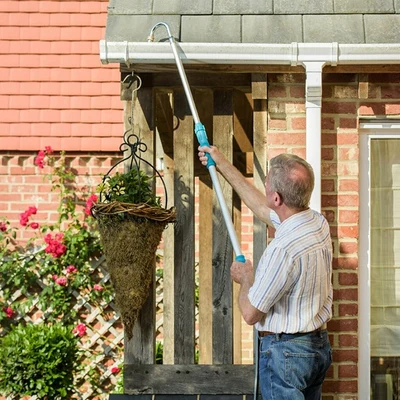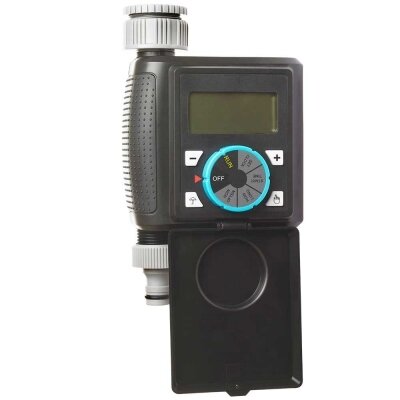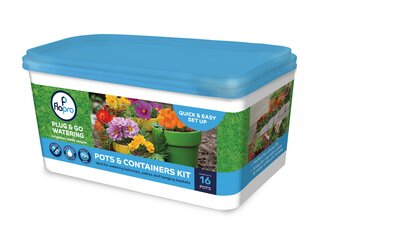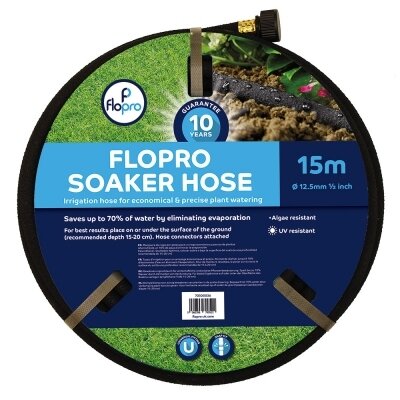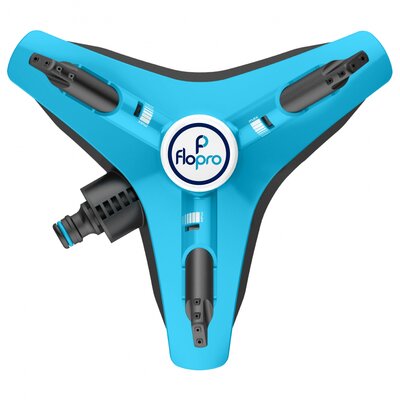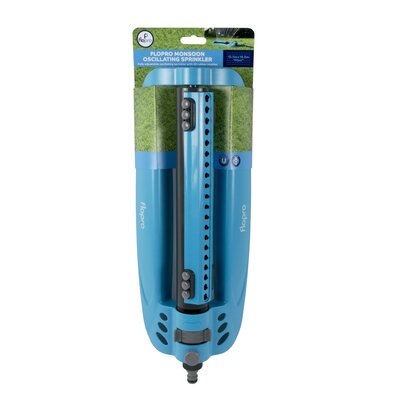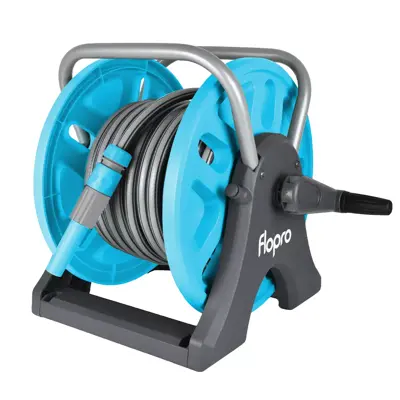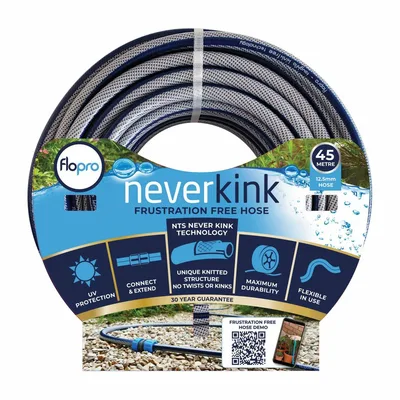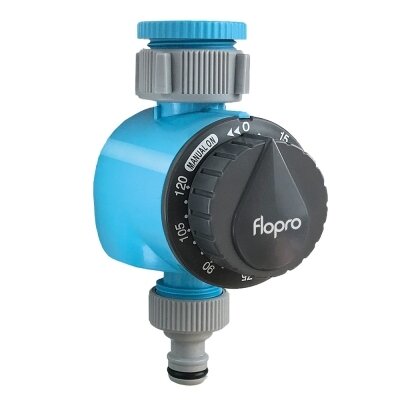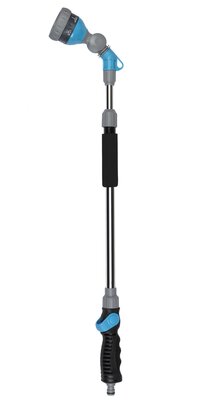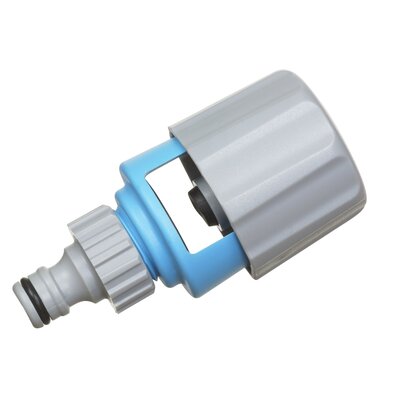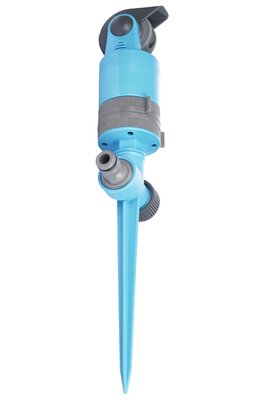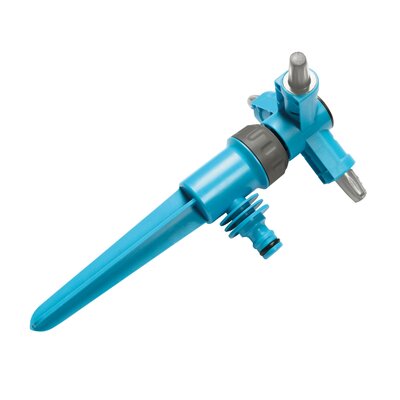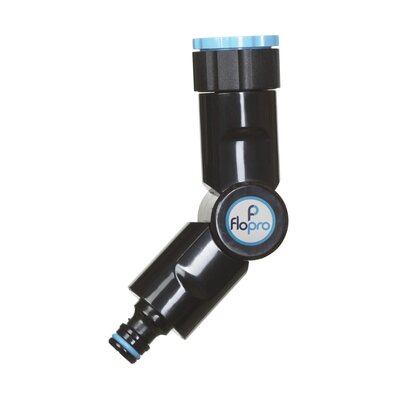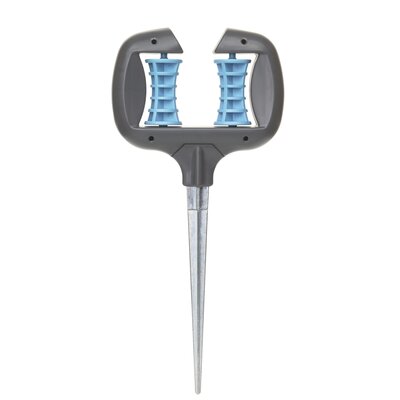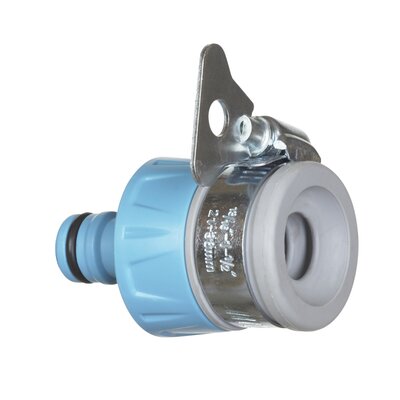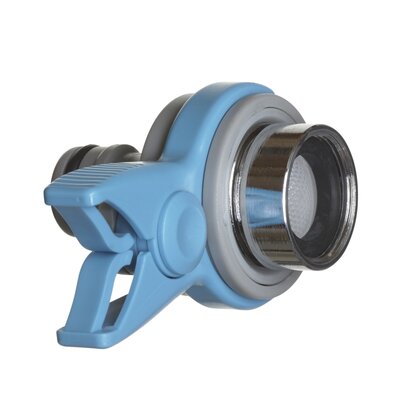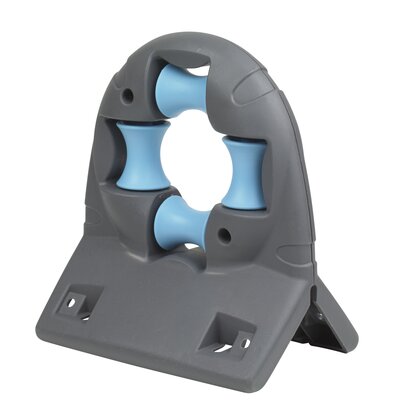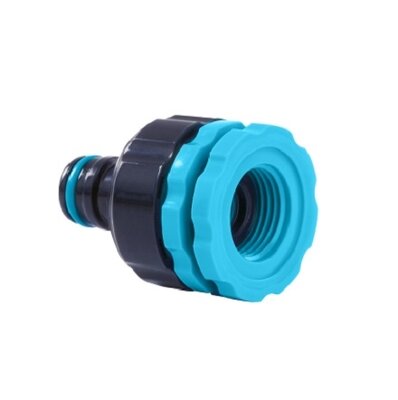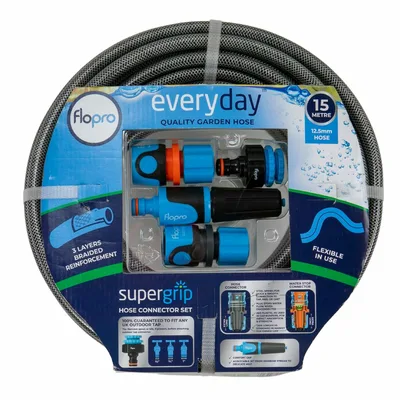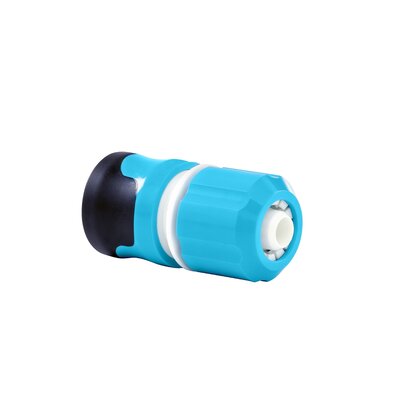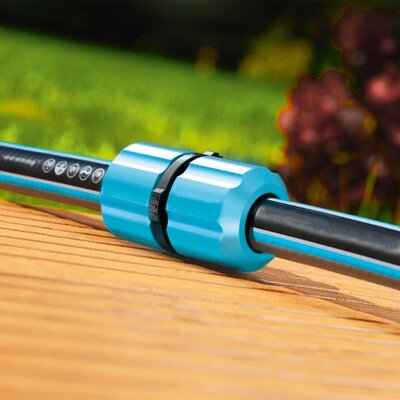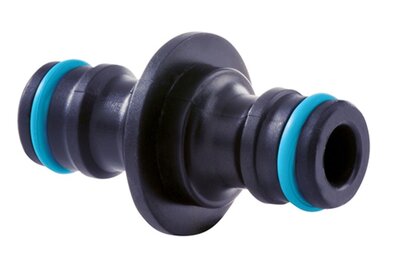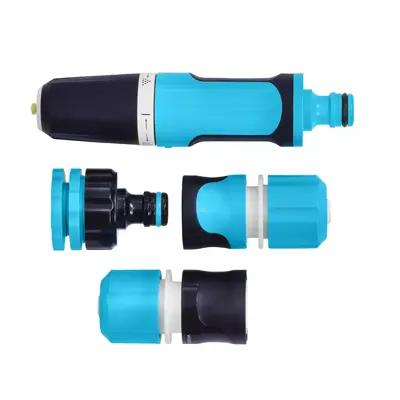Watering
However wet our climate may be, one must not underestimate the necessity of watering. Especially on those unexpected hot summer days we need to give a bit of extra love and attention to our garden. Our webshop offers you many different watering solutions. Manual, automatic, with a decorative touch or efficient tools such as a hose guide. We have thought about it all. Have a look at our online assortment and order your watering tools quickly and easy.
How To Water Your Garden: The Ultimate Guide to Making Sure Your Plants Grow
Did you know that the right amount of water is what keeps your garden growing? Did you also know that too little or too much water can kill your plants? You might find it astonishing how a tiny plant like a garden needs such special attention to grow well. But alas, nature has its ways of keeping balance. And so, we need to give them the right amount of water at the right time for them to thrive. Luckily, there are many different ways by which you can make sure your garden stays green and healthy. In this article, we will tell you everything you need to know about watering your garden correctly and frequently enough. So read on if you want to learn more...
What is the Correct Way to Water Your Garden?
One of the most important factors in watering your garden correctly is maintaining the right soil moisture level. For your plants to grow well, your soil must have the correct balance of moisture and nutrients. When it’s too wet, your soil can become waterlogged, which is harmful to plant roots. And when it’s too dry, your garden won’t be able to retain enough nutrients to grow properly. That’s why you need to monitor your soil’s moisture level. There are several ways to go about it. First, you can check the texture of your soil. If it feels crumbly and holds together when you squeeze it in your hands, it’s too dry. If it’s too moist and you can’t get your fingers into it, then it’s too wet. You can also use a soil moisture meter to measure the water content of your soil. To do this, simply insert the probe (usually found at the end of the meter) into the ground until the dial shows the desired moisture level. And finally, you can also dig a small hole in your garden to see how moist it is.
How Often Should You Water Your Garden?
As we’ve mentioned above, there is such a thing as too much or too little water in your garden. Unfortunately, it’s hard to determine just how much water your plants need each day. Several factors can affect the amount of water your plants need, including weather, soil type, and the type of plants you have. Let’s take a look at each of these. Weather- The amount of water a plant needs per day can vary depending on the weather. If the weather is warm, then your plants will need less water than they do in the cooler months. What’s more, if there is plenty of rain during the growing season, then you will need to water your plants less frequently. Soil Type- The type of soil in your garden also determines how much water your plants need. For example, sandy soil holds less water than loamy soil. So if you have sandy soil, you’ll need to water your plants more often than if you had loamy soil. Plant Type- The type of plant you have can also determine how much water they need. For example, fruit trees and vegetables often need less water than ornamental plants. And plants that grow in pots need more water than those in the ground.
How to Find Out if Your Plants Need Watering?
As we’ve told you above, different signs indicate your plants need watering. And if you check them out every day, then you can be sure that you water your plants at the right time. One of the most common signs of thirsty plants is wilting. If one or more of your plants are wilting, then you’ll need to water them. The wilting is caused by the plant’s roots not being able to draw water up from the soil. Another common sign of thirsty plants is when the soil feels dry about an inch down. If your soil is dry, it’s a good idea to water your plants. You can check the level of moisture in your soil by digging a small hole or inserting a finger. If you want to be a responsible gardener, then you need to water your plants regularly. It’s best to water them once a day, and once a week during the hottest months of the year.


